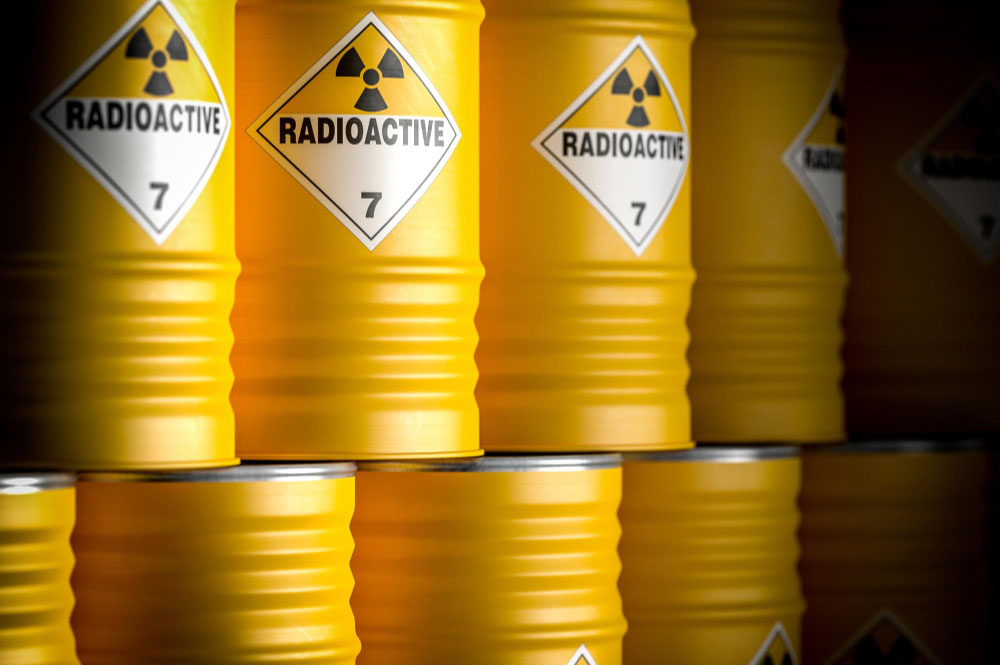Radioactive Waste Management
Waste Management of Radioactive Waste


The motive of safeguarding people and the environment including the safe treatment, storage and disposal of liquid, solid and gas discharge from nuclear industry operations is known as Radioactive Waste Management.
Any sort of activity that uses nuclear materials produces various forms of radioactive waste. The long-lived nature and the larger volumes generated from nuclear energy make it the most important source of radioactive wastes. Irrespective of the origin, such wastes have to be managed safely and economically
You will see radioactive wastes to be separated into three categories – Low-Level Waste (LLW), Intermediate-Level Waste (ILW) and High-Level Waste (HLW). The categorization of such wastes depends on the level of radioactivity and the length of time it continues to be hazardous. LLW disposal and most of the ILW comes under the nature practice, while most of the HLW is securely stored in dedicated facilities. If we talk about the permanent disposal of HLW in deep geological repositories, it has been accepted to be practicable by the scientific and technical society. But the civil society in various countries is yet to accept it.
The steps those are included in managing radioactive waste in a proper manner are –
- Lessening the amount generated
- Conditioning and packaging to securely handle and providing protection during transport
- Interim Storage
- Final Disposal
Let’s now discuss the types of Radioactive Waste in depth –
Any material that is either basically radioactive or has been contaminated by radioactivity which ideally has no further use is what radioactive waste includes. Whether to categorize such materials like nuclear fuel and plutonium as waste is dictated under Government Policy.
The categorization of radioactive waste is primarily dependent on its level of radioactivity. Following are the categories –
Low-Level Waste (LLW)
The content of radioactive in low-level waste (LLW) does not exceed 4 giga-becquerels per tonne (GBq/t) of alpha activity or 12 GBq/t beta-gamma activity. Such wastes do not require protection during handling and transport and is appropriate for disposal in near surface facilities.
Hospitals, industry and the nuclear fuel cycle are responsible to produce LLW. It contains paper, rags, tools, clothing, filters, etc. These include less amounts of mostly short-lived radioactivity. LLW contains some 90% of the volume but amongst that only 1% of the radioactivity of all radioactive waste.
Intermediate-Level Waste (ILW)
More radioactive than LLW, ILW generates heat that is not adequate to be taken into account particularly in the design or selection of storage and disposal facilities. It contains higher levels of radioactivity, therefore ILW needs some protection.
Such wastes include resins, chemical sludges, metal fuel cladding and contaminated materials from reactor decommissioning. ILW generates 7% of the volume and has 4% of the radioactivity of all radioactive waste.
High-Level Waste (HLW)
The decay heat to amplify its temperature and most importantly the temperature of its surroundings make the HLW adequately radioactive. Therefore, it needs cooling and protection both. Such waste is produced from burning of uranium fuel in a nuclear reactor. HLW produces 3% of the volume and 95% of the total radioactivity of produced waste.
Very Low Level Waste
Exempt waste and very low-level waste (VLLW) contain radioactive resources at a level which is not measured harmful to people or the surrounding environment. It consists mainly of demolished material (such as concrete, plaster, bricks, metal, valves, piping & more.) formed during rehabilitation or dismantling operations on nuclear industrial sites. Further industries, such as food processing, chemical, steel, etc., also produce VLLW as a result of the concentration of natural radioactivity present in certain minerals used in their manufacturing processes.

